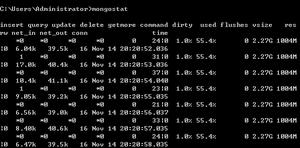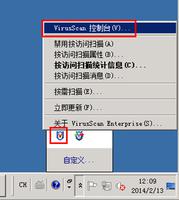[apue]sysconf的四种返回状态

众所周知,sysconf 用来返回某种常量的定义或者资源的上限,前者用于应用动态的判断系统是否支持某种标准或能力、后者用于决定资源分配的尺寸。
但是你可能不知道的是,sysconf 可以返回四种状态:
- 常量定义本身或资源上限 (>=0, 整型值)
- 无限制 (no limit)
- 不支持
- 出错
那一个小小的 int 返回类型,如何能容纳这许多含义? 各位看过下面这段代码,就一目了然了:
static void pr_sysconf (char *msg, int name)
{
long val;
fputs (msg, stdout);
errno = 0;
if ((val = sysconf (name)) < 0) {
if (errno != 0) {
if (errno == EINVAL)
fputs ("(not supported)
", stdout);
else
err_sys ("sysconf error");
}
else
fputs ("(no limit)
", stdout);
}
else
printf ("%ld
", val);
}
conf.c
这段代码用来打印 sysconf 的返回值,可以看到基本是通过 "返回值 + errno" 的方式实现的:
- 返回值 >= 0: 常量定义或资源本身
- 返回值 < 0:
- errno == 0: 无限制
- errno != 0:
- errno == EINVAL: 不支持
- 其它:出错
其实看下 sysconf 的手册页的话,确实是这么说的:
RETURN VALUE
If name is invalid, -1 is returned, and errno is set to EINVAL. Otherwise, the value returned is the value of the system resource
and errno is not changed. In the case of options, a positive value is returned if a queried option is available, and -1 if it is
not. In the case of limits, -1 means that there is no definite limit.
原文链接:https://www.cnblogs.com/goodcitizen/archive/2020/06/12/13100669.html
以上是 [apue]sysconf的四种返回状态 的全部内容, 来源链接: utcz.com/z/517375.html





